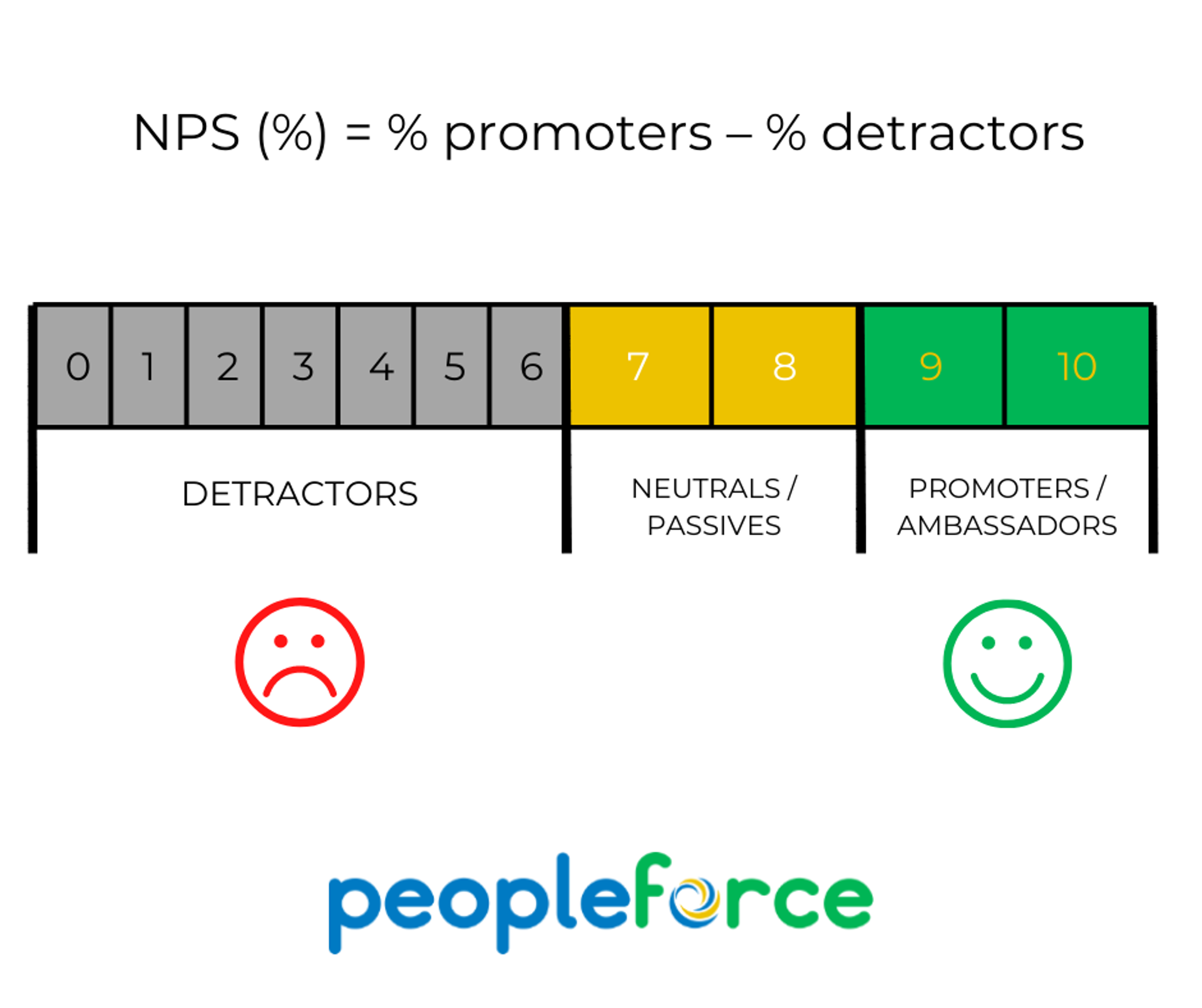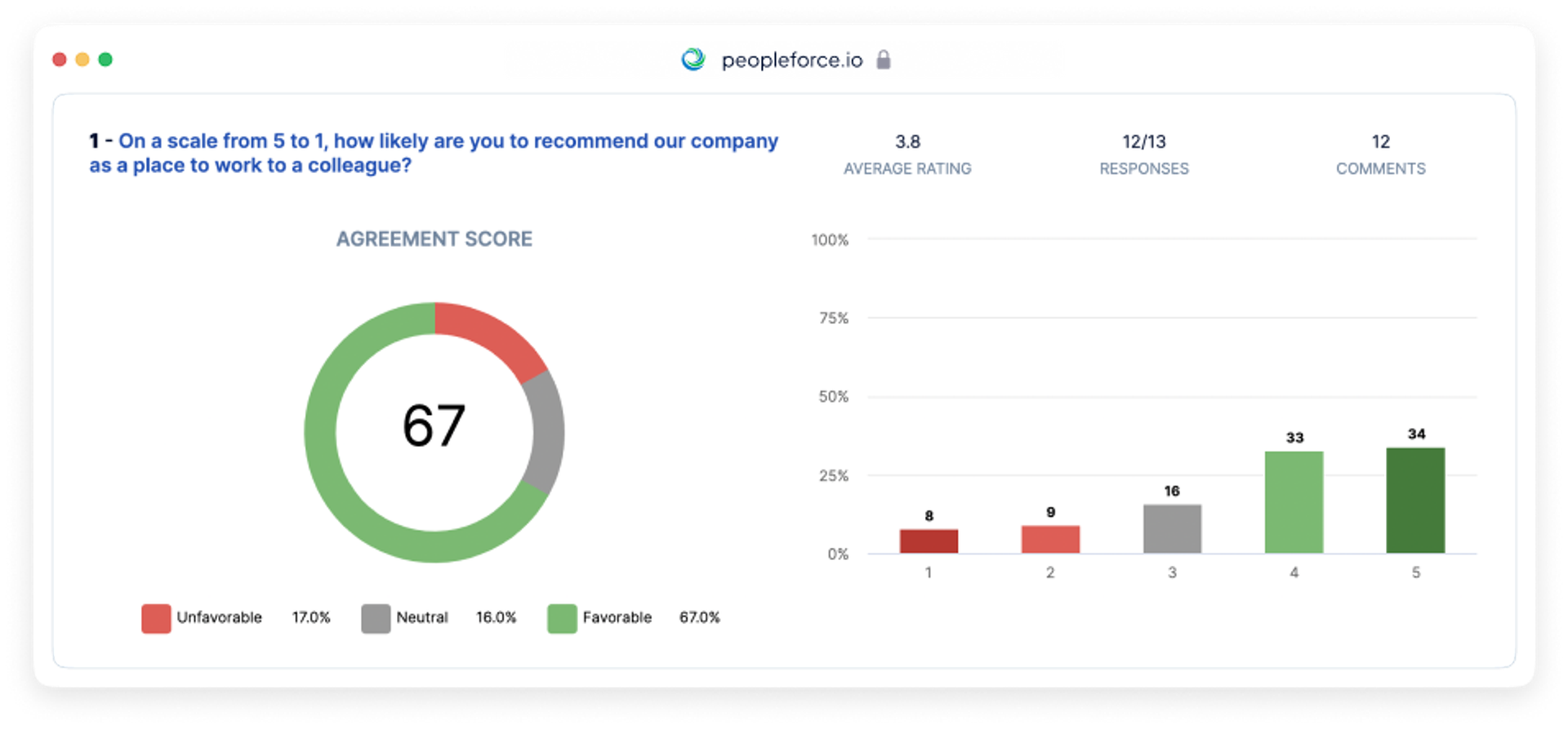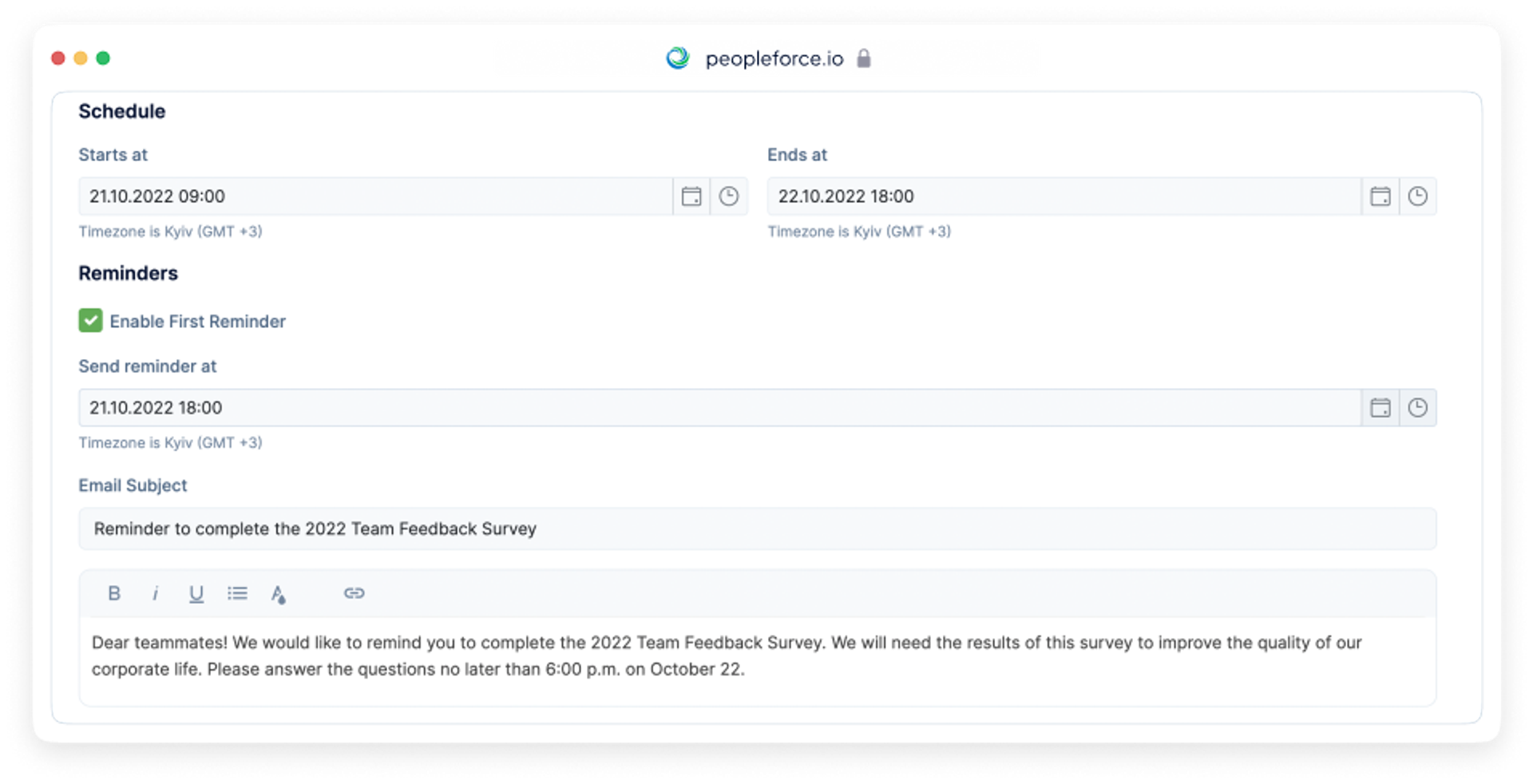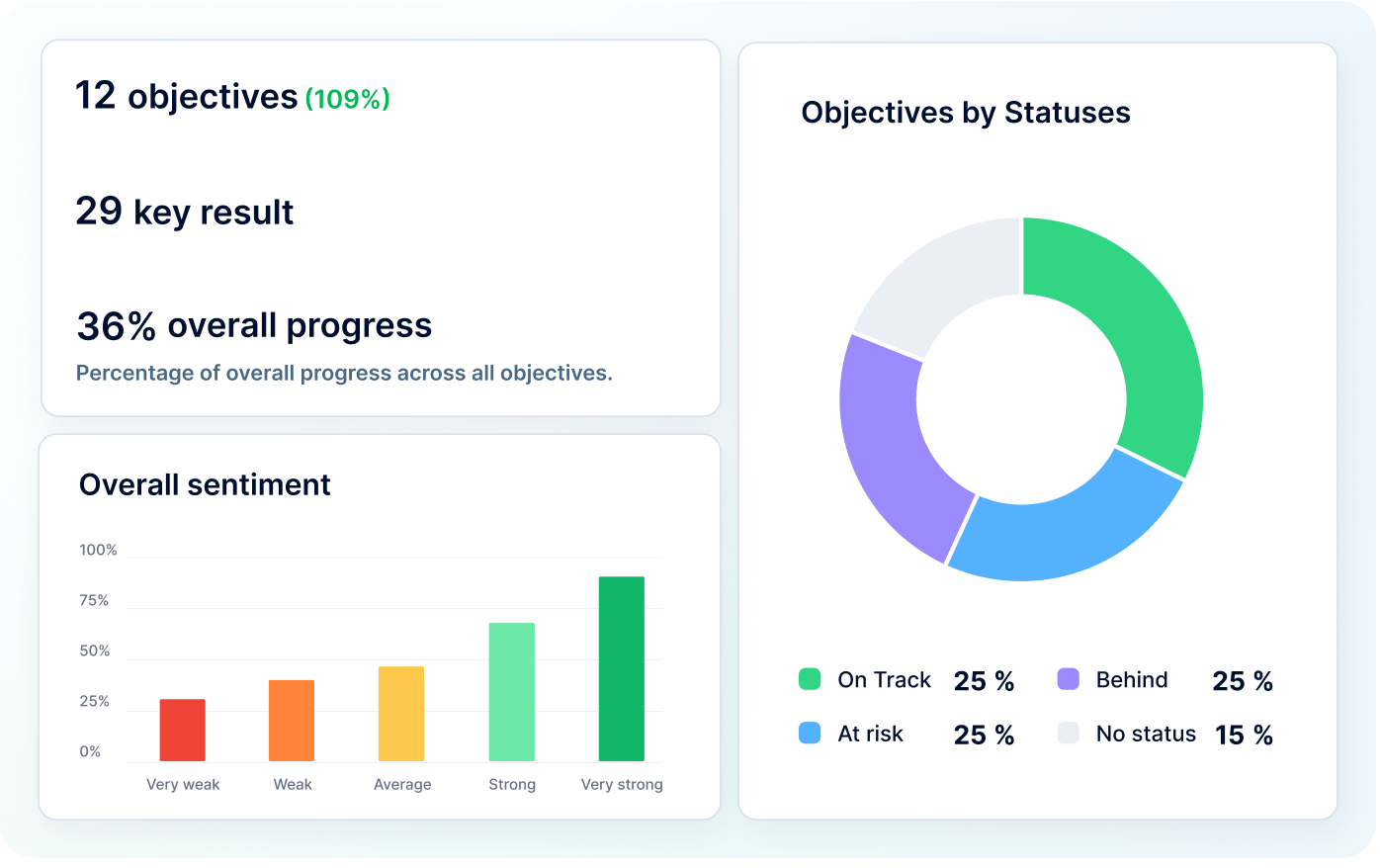
How to measure eNPS? A tool for Employee Net Promoter Score
The labor market is constantly changing. Employees are more mobile, open to change and do not want to work for one company, in the same industry for their entire working life. Loyalty no longer means attachment to an employer. As a result, are there no loyal employees at all?
Rest assured, of course there are! You have such in your company. Don't believe it? Well, then be sure to read on, because measuring employee loyalty is the subject of our article. Get to know eNPS!
The eNPS (Employee Net Promoter Score) indicator – what is it?
Employee Net Promoter Score (eNPS) is a variant of the Net Promoter Score (NPS). Before companies started measuring how employees feel, they were measuring customer satisfaction. The methodology was created in 2003 by Fred Reichheld, a partner at Bain & Company. Customer NPS methodology is to be applied by anyone in business, because Fred Reichheld did not patent it. For more information about NPS, please visit this address: https://www.netpromotersystem.com/about/
While NPS is used to measure customer loyalty, eNPS measures employee loyalty, or in other words, the level of employee satisfaction with your company.

How to measure eNPS?
When assessing the level of employee loyalty in a company, an eNPS survey involves asking employees a simple question:
„How likely are you (on a scale of 0 to 10) to recommend Company X to friends (or your family) as a place to work?”
Or less formally:
„How likely is it (on a scale of 0 to 10) that you would recommend Company X to friends (or your family) as a place to work?”
The next stage of the survey is for the employee to indicate the specific reasons for their rating – they can choose from a list of prompts. At the end of the survey, each employee has the opportunity to make an additional comment.
The results make it possible to identify three groups of people:
- detractors – dissatisfied / disappointed employees who may soon start looking for a new employer and leave their jobs;
- neutrals / passives – generally satisfied employees, but potentially not particularly loyal and susceptible to job offers from competitors;
- promoters / ambassadors – enthusiastic employees who show loyalty to the company and high levels of satisfaction and commitment at work.

The entire process of organizing the survey can be boiled down to 5 simple steps.
- Develop an eNPS questionnaire – formulate the survey (e.g., using an online employee survey tool). It has to be transparent!
- Conduct the survey – using the online employee survey tool or in your HRM system, you can schedule the survey to be sent out. Let the technology support your efforts. This solution will allow you to automatically and systematically obtain your company's eNPS.
- Analyze respondents' answers – get to know your promoters and see if there are any detractors in your team. You will get to know the mood inside the company and the elements of the office culture.
- Calculate eNPS – the tool will help you calculate % eNPS according to the formula: eNPS = % of promoters - % of detractors. You will find out how many employees are likely to recommend your organization as a workplace.
- Analyze the final result – the eNPS indicator can have a value from -100% to 100%. If the index is above -10%, there is no cause for concern, but if it is lower, it is worth taking a better look. This is the moment when you need to decide how you can support continuous improvement of relationships within the company, so that the number of detractors never exceeds the number of promoters.

Employee Net Promoter Score (eNPS) – advantages, disadvantages, solution!
Employee Net Promoter Score, like any solution, has its pros and cons. Employee Net Promoter Score, like any solution, has its pros and cons. While this uncomplicated metric allows you to quickly know the most engaged employees, it is not free of drawbacks.
Advantages
- The Employee Net Promoter Score survey is compact because it basically comes down to one question. Answering them is very simple, so you won't need additional training.
- Employees don't have to make an effort to fill out the survey, and you'll know the results quickly. The eNPS survey is based on a 10-degree score, so calculating the results is completely uncomplicated.
- Based on the results, you can efficiently take further action on team management, etc.
- You can create the survey at any time, and its cost will be minimal – you don't have to wait for, for example, annual evaluations to know the level of employee satisfaction.
- If you want to motivate an employee to give a transparent answer, the eNPS survey should be anonymous.
Disadvantages
- The limited number of questions and succinct answers required of respondents in eNPS are not necessarily precise and have low informational value.
- Employees may have trouble identifying a specific value on the scale, or may not want to do so. [NOTE: This does not mean they are not loyal, however! This can be influenced by cultural issues, e.g. an employee may come from a country where awarding grades of 9 or 10 is an extreme. Such situations can occur if your team is a cultural mix. In such a case, responders must be given clear instructions].
- An employee may be fooled by a range of scale from 0 to 10 and treat the value of 5 as neutral, which will falsify the results.
Solution!
Don't rely solely on one type of survey. Combine eNPS with other HR metrics. Use other types of surveys to get to the root of the problem and find out why employees gave negative feedback. It's good to have insights into what's going on in the business, even as superficial as when using only eNPS surveys. However, in order to learn more deeply about employee engagement, it's better to have access to more advanced metrics.
What to measure eNPS with?
Measurement of eNPS can be done in two ways. If you have a lot of time, you can do it traditionally. That is, conduct an anonymous paper survey, and transfer the results to a spreadsheet and analyze them there.
However, we assume that your company can't afford to waste valuable time, so we recommend a ready-made product – a PeoplePulse module of the HRM system that will streamline your operations.
Benefits
- Automated survey process will allow you to get a more complete picture, discover a group of detractors faster and learn who the company's promoters might be.
- Properly staggered surveys will produce data that you can easily track in graphs.
- In addition, the answers your employees give will be gathered in one place, so you can easily verify their dynamics and monitor trends.
- In a crisis situation, you'll be able to react faster to raise satisfaction levels among your employees.
6 best practices for conducting an employee satisfaction survey
Follow these 6 best practices to make your eNPS survey effective.
Regularity
Conduct your organization's eNPS survey regularly, preferably every 3 months. This way you will notice any problems sooner.
Set a timeframe for the survey
Let your employees know how long it will take them to complete the survey (optimally – up to 5 minutes) and specify how many days they have to complete it (optimally – up to 7 days).

Inform co-workers
Explain to the team what the eNPS indicator is, what the survey is about and why this survey is so important – presenting arguments will show your commitment.
Maintain anonymity
Employees will not feel pressure, so they will give honest answers to the questions.
Openness
Give the participants a summary of the survey and describe the situation that prevails in the team. Ask for feedback, and if necessary – invite the team to jointly develop a plan to rectify the situation.
Introduce changes
If you have successfully developed a recovery plan with the team, implement it immediately.
eNPS survey – summary
Just as customers are not always satisfied with products, many employees' job satisfaction periodically peaks. What can you do in the face of this? Ask him the right questions – start with the simple ones: „How likely is…”.
Not everyone who is temporarily dissatisfied will immediately want to terminate the employment contract. Solutions such as a questionnaire, on the basis of which you determine the eNPS index, will help you spot the critics in your team. These are the people whose answers and opinions you should take as guidance. Thanks to them, you can improve the way your company is organized and increase the efficiency of team management.
If you are looking for information on HR activities, you will find other interesting resources on our site. We will explore another topic soon – watch us!
With over five years in HR tech content creation, Maria explores how technology, people, and culture shape the workplace of today. Her interests include HR, AI, IT, and personal development, and she brings a data-driven, human-centered perspective to her writing.
Get started with PeopleForce today
Automate your HR routine to create a high performance culture in your company. PeopleForce is your best HRM alternative to stay business driven but people focused.

Recent articles
🎉 PeopleForce Wrapped 2025: a year of HR magic
2025 wasn’t just about shipping features — it was about making HR work better at scale. Let’s unwrap everything we built together.
Get Ready for the EU Pay Transparency Directive with PeopleForce
Discover the key obligations of the Pay Transparency Directive and see how PeopleForce helps organisations prepare the structures, processes, and data needed to comply with the new requirements.
OKRs vs. KPIs: Choosing the right framework
Unsure when to use OKRs or KPIs? Learn how to choose the right framework to maximize your team’s success.

